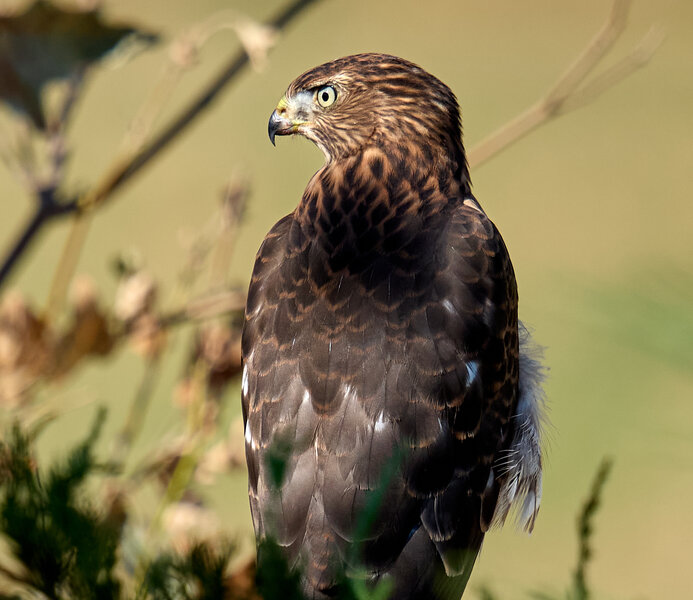Regarding "diffraction with tele-converters"
I'm trying to recall some memories... ... ... old memories

... ... ... of optical concepts :
Perhaps every body is ok ...

: I read that :
"A
teleconverter (or focal length multiplier) is an optical accessory placed between the lens and the camera body to increase the effective focal length of the lens. Typically, it multiplies the focal length by a factor (1.4x, 1.7x, 2x, etc.), allowing for additional zoom.
Diffraction and Teleconverters
Diffraction is an optical phenomenon that occurs when light passes through a narrow aperture (such as the lens diaphragm). It limits image sharpness, especially at very small apertures (high f-numbers, e.g., f/16 or f/22).
A teleconverter itself does not directly cause diffraction, but it can
worsen its effects for several reasons:
- Light Reduction: A teleconverter generally reduces the amount of light reaching the sensor (for example, a 2x converter reduces the effective aperture by 2 stops: a lens set to f/2.8 becomes f/5.6). This may lead photographers to close the aperture further to compensate, increasing the risk of diffraction.
- Smaller Effective Aperture: Even if you don’t change the aperture setting on your lens, adding a teleconverter reduces the effective aperture. For example, a lens set to f/4 with a 2x converter behaves like an f/8 lens. If you close the aperture further (e.g., to f/11), the effective aperture becomes f/22, which increases diffraction.
- Optical Quality: Some low-quality teleconverters may introduce optical aberrations, but diffraction remains primarily linked to the effective aperture.
Conclusion
The teleconverter does not
create diffraction, but it can
encourage its occurrence by reducing the effective aperture and pushing you to use smaller apertures. To minimize diffraction, avoid closing the aperture too much, especially when using a teleconverter."
